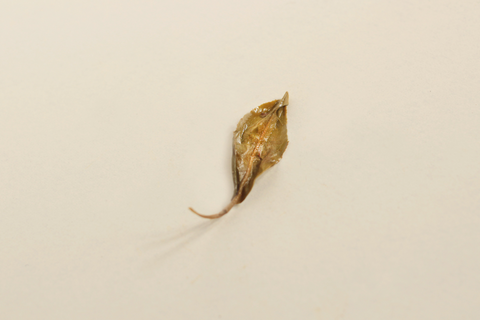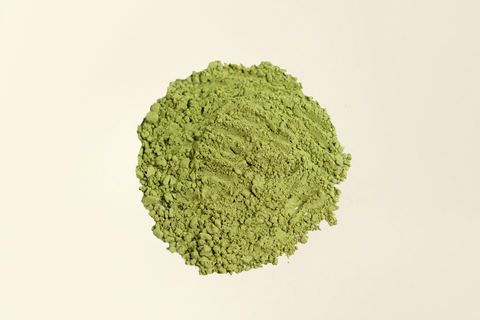Darjeeling
Credited to producing the ‘Champagne of Tea’, Darjeeling is the pride of the Indian state of West Bengal. Ensconced in the foothills of the mighty Himalayas, the region is blessed with bountiful rainfall, steep slopes, an envious soil and a cool climate - resulting in a tea experience that cannot be replicated anywhere else in the world.
-

Black Muscat
Black
Assam
Best known for its unequalled combination of full-bodied, large-leafed and highly aromatic teas, Assam is located south of the eastern Himalayas and is counted amongst the largest tea producing regions in the world. With rising temperatures and lower rainfalls, a slow shift from the iconic flavour profile of Assam teas has yielded a range of new possibilities.
-

Assam Malt
Black -

Jade
Green -
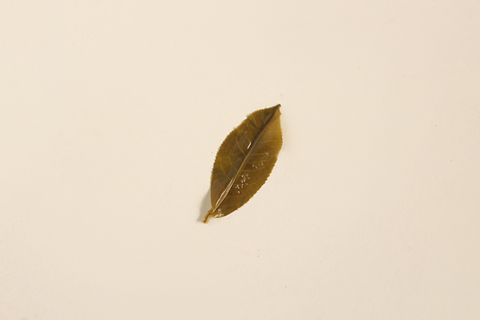
Green Pearl
Green
Nilgiri
Part of the Western Ghats, the Nilgiri Hills or the ‘Blue Mountains’ are nestled in the southern state of Tamil Nadu and named after the purple-blue Kurinji flowers that bloom once every twelve years. Sufficient rainfall with a sub-tropical climate aid in cultivating the intensely fragrant, smooth and well balanced Nilgiri teas all year-round without a dormancy season.
-
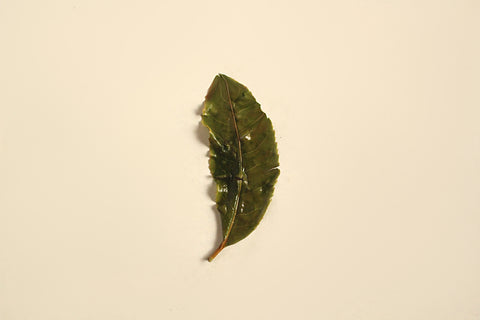
Dragonwell
Green -
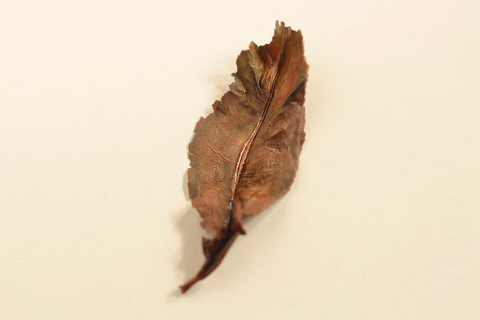
Mahogany
Oolong -
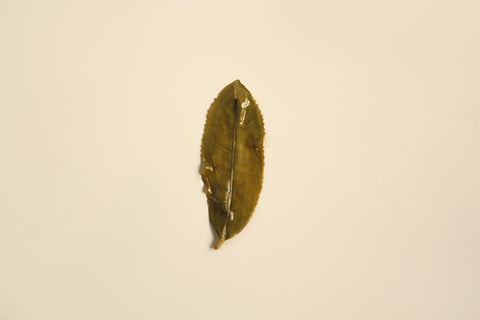
White Peony
White
North India
Several unexplored and non-traditional tea growing districts within North India have defied stereotypical thinking and begun to generate new hope among the small and marginal tea farmers. These relatively new entrants are nurtured and skillfully crafted by artisans producing teas of natural splendour.
Northeast India
India’s northeast comprises of Assam, Arunachal Pradesh, Manipur, Mizoram, Meghalaya, Nagaland, Tripura, and Sikkim. Though Assam grows the most tea, many of these smaller tea growing districts contribute to the region’s overall tea produce thanks to their fertile soil, diverse topography, varying altitudes and favourable climatic conditions.
-

Fumé
Black -

Prana
Green -

Golden Temple
Black -

Silver Needle
White -
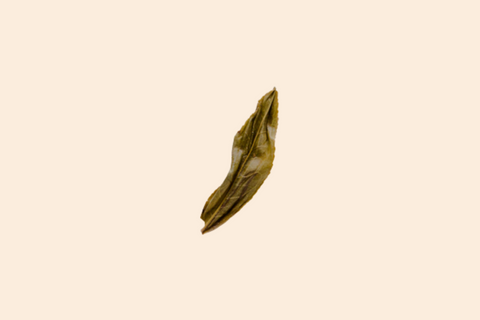
Mist
Green -
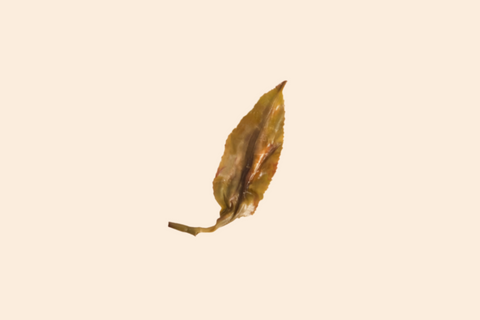
Moonlight
White








